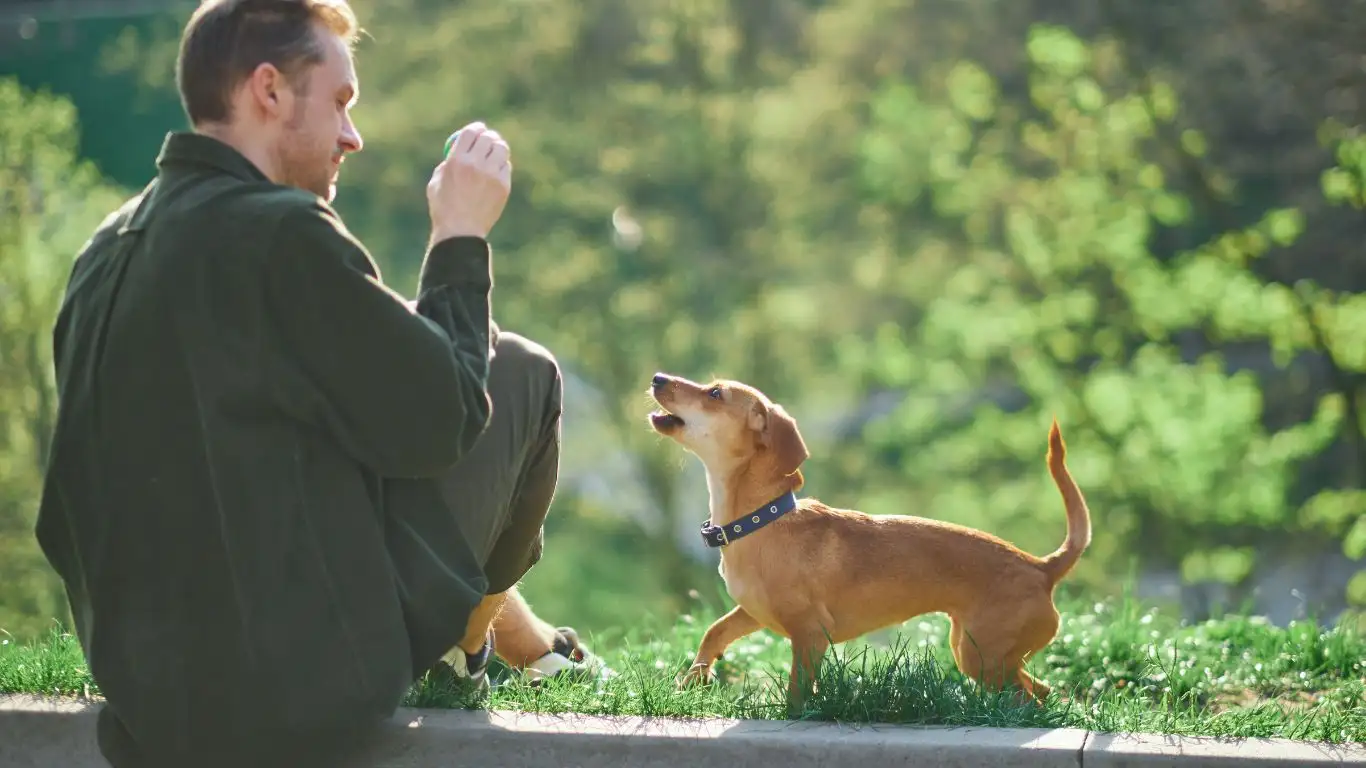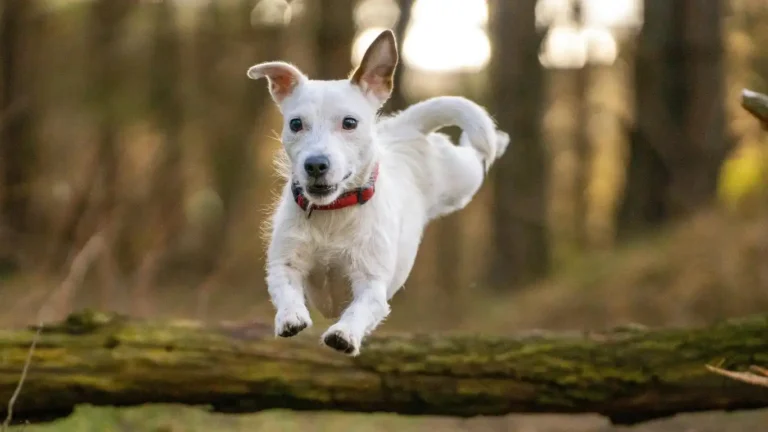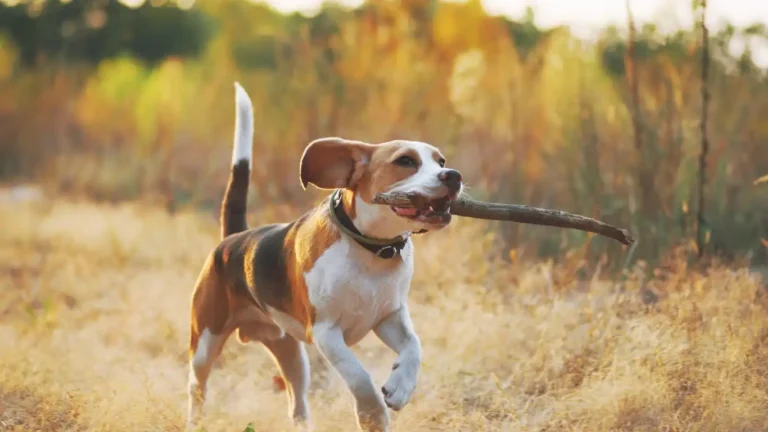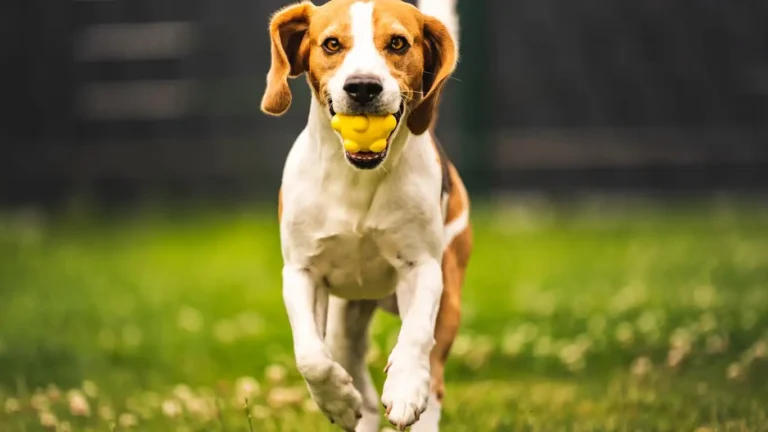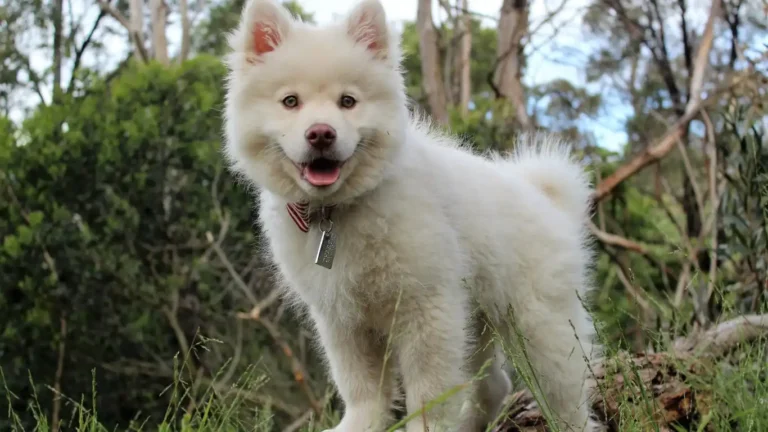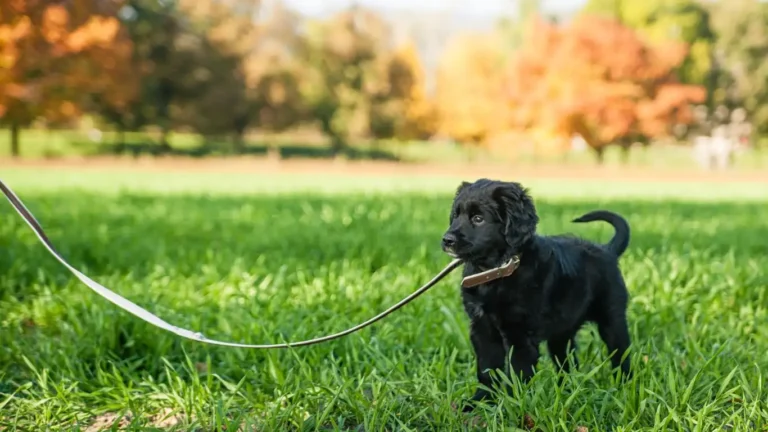Train Your Dog to Wait Before Roads: Proven Steps for Calm Walks
If you’ve ever stood at a busy intersection with a dog that’s yanking at the leash, trying to dart across traffic like it’s no big deal, then you’re going to love this guide on how to train a dog to wait patiently before crossing roads. As a Canine-Assisted Therapy Trainer, I’ve seen firsthand how important impulse control is—not just for safety, but for overall behavior and bonding. Training a dog to pause at curbs and wait for your signal isn’t just about avoiding accidents. It’s about trust, communication, and respect between you and your pup.
Why Teaching the ‘Wait’ Command at Roads Is Non-Negotiable
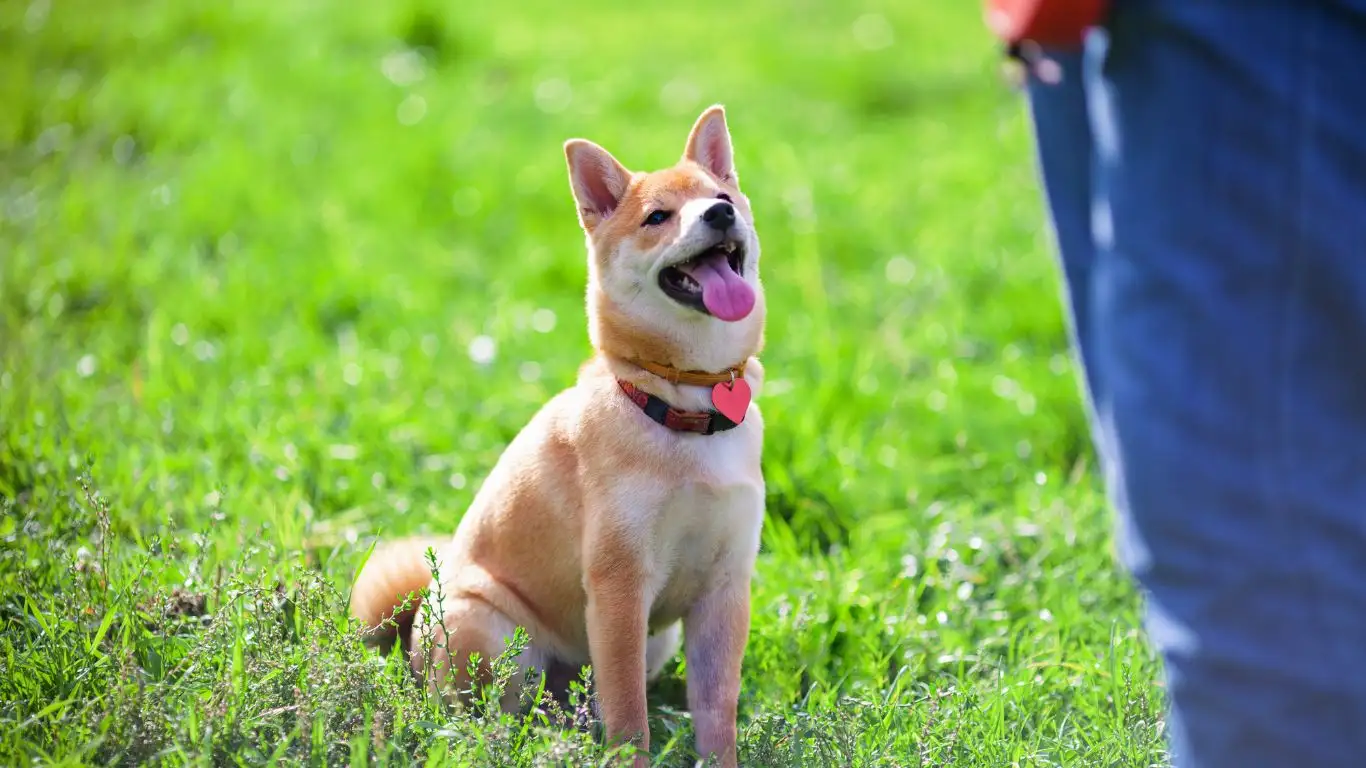
This isn’t just about obedience—it’s about survival. Roads are unpredictable. You’ve got speeding cars, honking horns, other distracted pedestrians, and sometimes even stray animals or food on the ground. Dogs that don’t have self-control are at serious risk.
In my early training sessions with therapy dogs, I learned quickly that teaching them to pause at the curb helped more than just their street skills. It helped them focus, reduced leash pulling, and made them better companions in every situation—from school visits to hospital hallways.
Understanding the Psychology Behind the Pause
Dogs live in the moment. That’s part of their charm—but also part of the challenge. Waiting requires delayed gratification, which doesn’t come naturally to most pups. You’re essentially asking them to go against every instinct and wait for *you* to make the call.
This is why starting slow and building trust is key. When your dog understands that listening to you leads to rewards—not just treats, but praise and play—they’re much more willing to cooperate.
Tools You’ll Need to Get Started
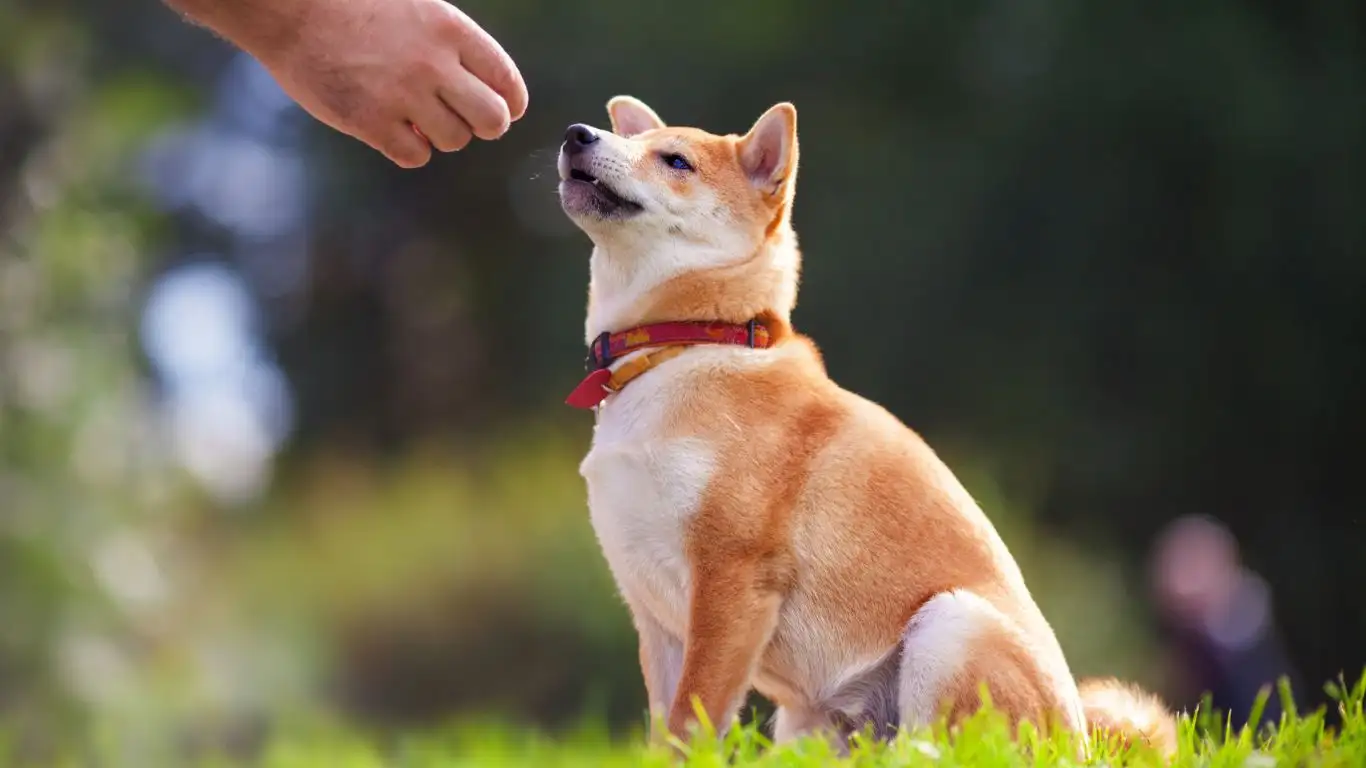
- Leash and Harness: A non-retractable leash gives you control without confusion.
- High-Value Treats: Use something special—boiled chicken, cheese cubes, or store-bought dog jerky.
- Clicker (Optional): If your dog responds well to clicker training, it can make timing easier.
- Consistency: Not a tool per se, but without it, nothing works. Make sure everyone in your household uses the same commands.
Step-by-Step: How to Train a Dog to Wait Patiently Before Crossing Roads
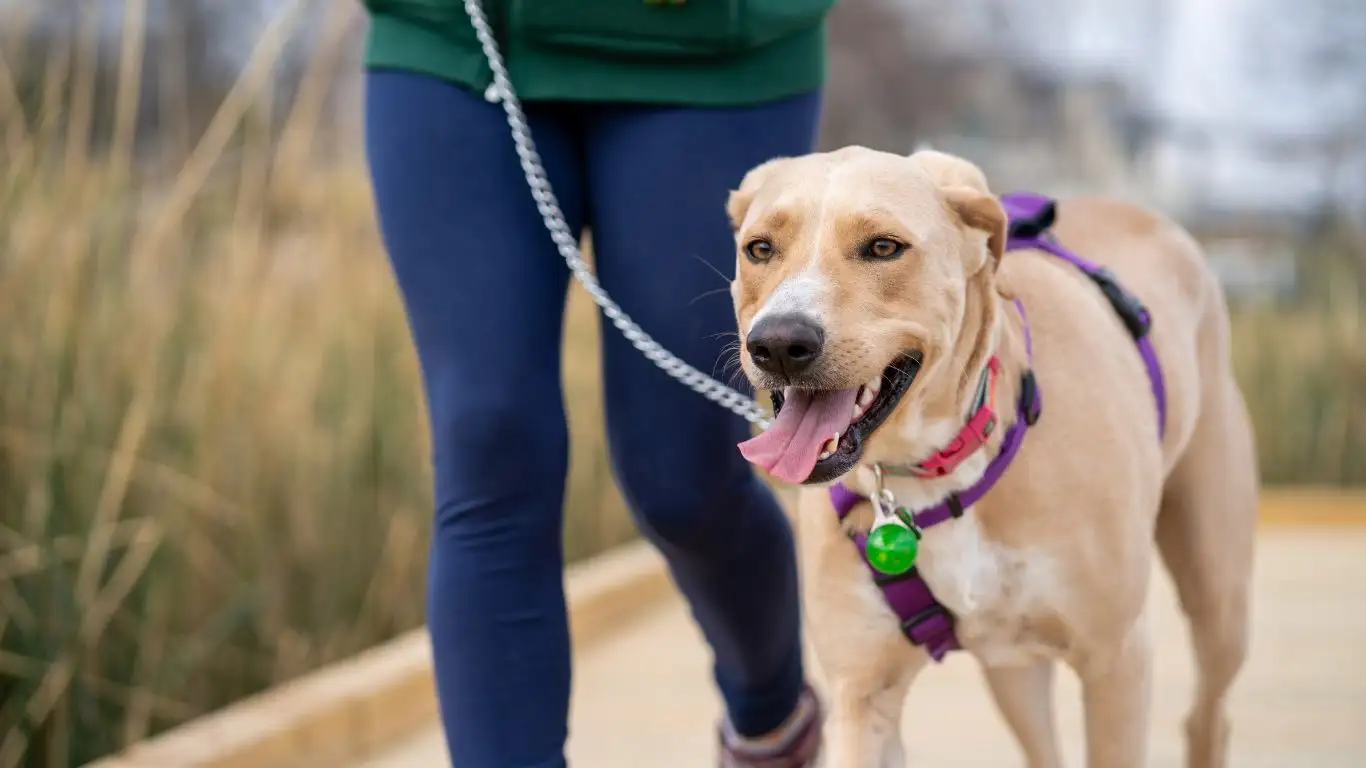
Step 1: Build a Solid Sit-Stay Foundation at Home
Before you even get near a curb, make sure your dog knows how to sit and stay reliably. I always start training in a distraction-free room. Use a treat to lure them into a sit, give your “stay” cue, and count a few seconds before rewarding.
Gradually increase the time and add small distractions—like tossing a toy nearby—to build up their focus. Make it fun! I always throw in goofy praise like, “Good job, Captain Patient!” when they nail it. Dogs thrive on your energy.
Step 2: Transfer Skills to a Controlled Outdoor Environment
Once your dog has nailed sit-stay indoors, move to a quiet sidewalk or driveway. Approach a curb and stop walking. Say your cue (I use “Wait”), and have your dog sit. Reinforce immediately when they do, even if it’s just for a second or two.
Pro tip: Use your body language to your advantage. I usually plant both feet and slightly lean back, which signals to the dog that we’re not moving forward yet. Dogs are masters at reading subtle cues.
Step 3: Add Duration and Distraction
This is where the real work begins. As your dog gets better, start adding in distractions—people walking by, cars, other dogs. Gradually increase the time your dog waits at the curb before you give the release command like “Okay” or “Let’s go.”
Remember to keep sessions short and positive. I usually wrap up training on a win—even if it’s small—so the dog ends feeling like a rockstar.
Step 4: Practice at Busy Intersections
Once your dog is confidently waiting on quiet streets, head to a busier area (on leash, of course). This is where patience pays off. Expect setbacks—your dog might get overly excited or nervous. That’s okay. Take a few steps back, go at their pace, and keep the vibes calm and encouraging.
I remember working with one therapy dog named Juno who used to bolt toward crossing signals like she was late for a meeting. After a few weeks of consistent curb training and tons of liver treats, she’d sit calmly and even look up at me like, “Ready when you are.” That transformation is why I love this work.
Step 5: Reinforce the Behavior Regularly
Even after your dog “gets it,” don’t slack on reinforcement. Dogs are like us—they need refreshers. Every now and then, throw in a treat or extra praise when they wait nicely. Mix it up so they don’t start ignoring the command.
Bonus Tip: Always wait a few seconds after the light changes before crossing. That helps your dog learn that it’s *you* who gives the green light—not the traffic signal.
Real-Life Challenges and How to Troubleshoot Them
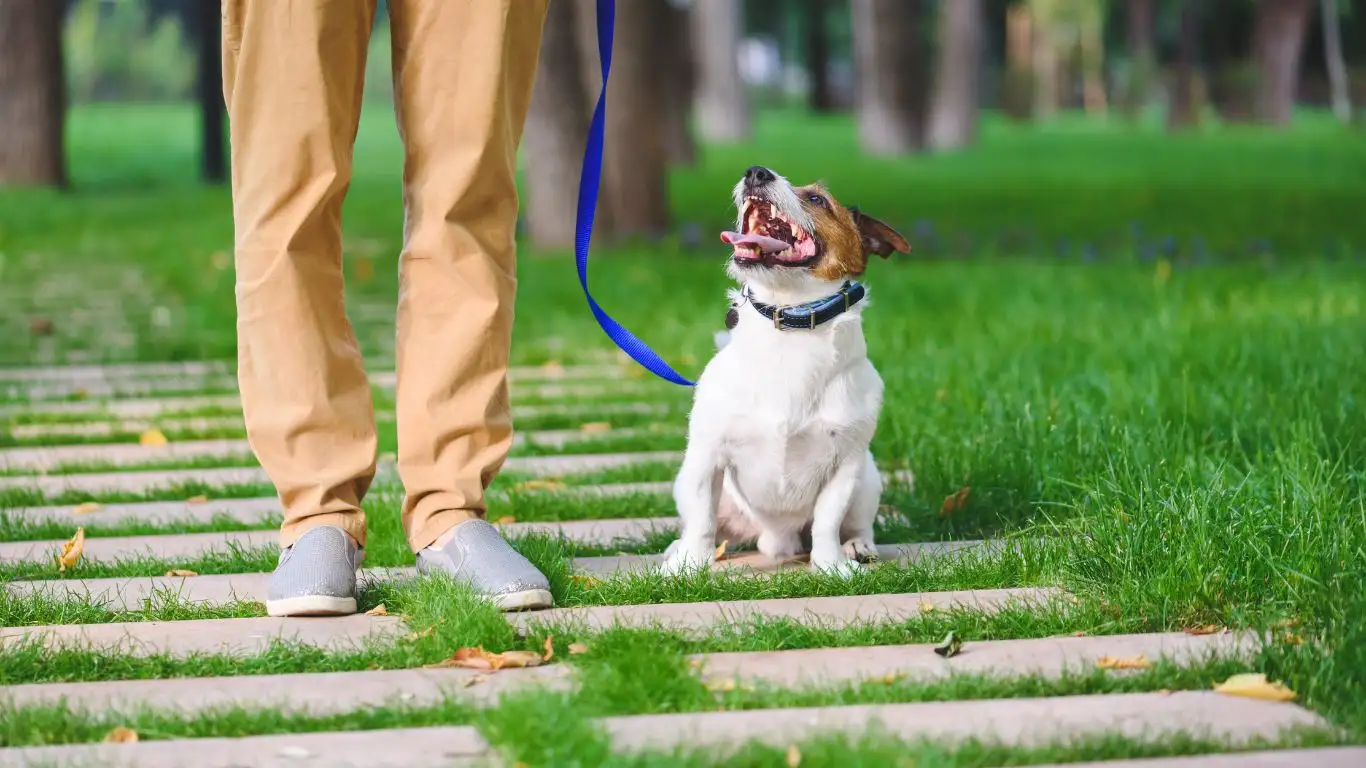
Okay, so let’s talk real-life bumps in the road. Because if there’s one thing I’ve learned after years of working with dogs in therapy settings and public spaces—it’s that no two dogs learn exactly the same way. Some catch on like lightning. Others… well, let’s just say they take the scenic route.
One of the most common issues I see is overexcitement. Some dogs get so jazzed up by being outside that asking them to pause at the curb feels like asking a toddler to skip birthday cake. In those cases, I usually dial everything back to basics. Reduce distractions. Reward tiny moments of calm. A single second of sitting quietly? Celebrate it like a gold medal.
Then there’s the stubborn crew—you know the ones. They dig in their paws and give you that “you’re not the boss of me” look. My advice? Keep it low-pressure. Don’t scold or drag. Just calmly wait them out. Dogs are surprisingly responsive to silence and patience. Plus, when they finally give in and do the right thing, it’s even more powerful when you reward it.
Signs Your Dog Needs a Reset
- They ignore the “wait” cue repeatedly, even in familiar spots
- They’re pulling hard on the leash or lunging at every distraction
- They seem confused or frustrated (tail down, ears back, avoiding eye contact)
- They shut down completely and stop responding
If you’re seeing any of these, take a break. Go back to a quiet environment. Reset. I always remind clients: progress isn’t linear. Two steps forward, one zoomie back—it’s all part of the journey.
Proofing the ‘Wait’ Behavior in Everyday Life
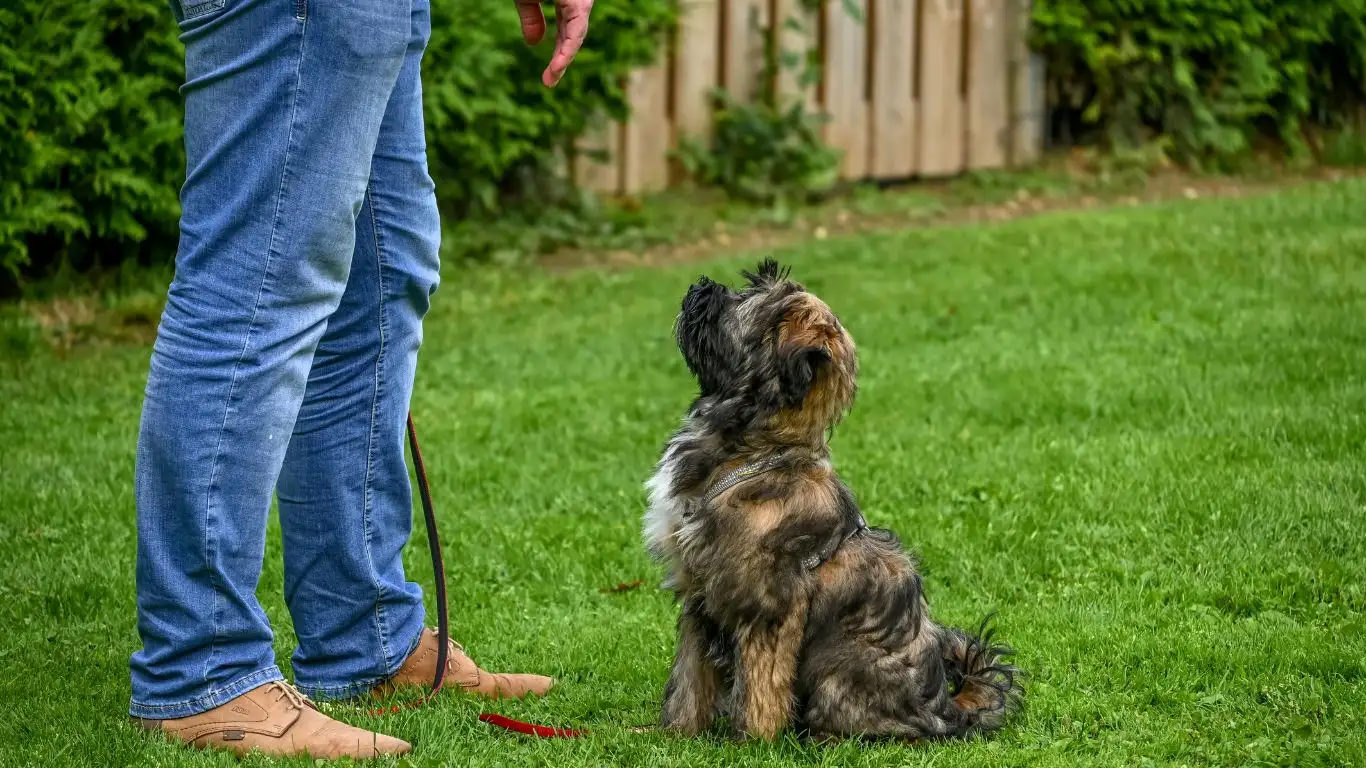
Now that your dog’s got the basic curb routine down, it’s time to level up. “Proofing” is just a fancy trainer word for making sure your dog can perform the behavior anywhere, anytime, regardless of what’s happening around them. This is where things get fun—and a little unpredictable.
Change Locations Often
Try new neighborhoods. Walk by bike trails, playgrounds, or busy cafes. Each location brings new smells, sights, and sounds that will challenge your dog’s impulse control. The first time I brought one of my therapy dogs to a farmers market, he was completely hypnotized by the smells of kettle corn and bacon. We spent the first ten minutes just practicing our curb sits outside the entrance. Total game-changer.
Use Real-World Distractions
Don’t shy away from chaos—embrace it. Practice “wait” when joggers pass by. Use other dogs walking across the street as a cue to refocus. You can even enlist a friend to casually stroll past with a squeaky toy to test your pup’s commitment to staying still. Sounds silly, but it works!
And remember: if your dog fails? That’s okay. It’s all valuable feedback. Just pause, regroup, and try again. No shame in a little “whoops” moment.
Reinforcing Patience Through Play and Bonding
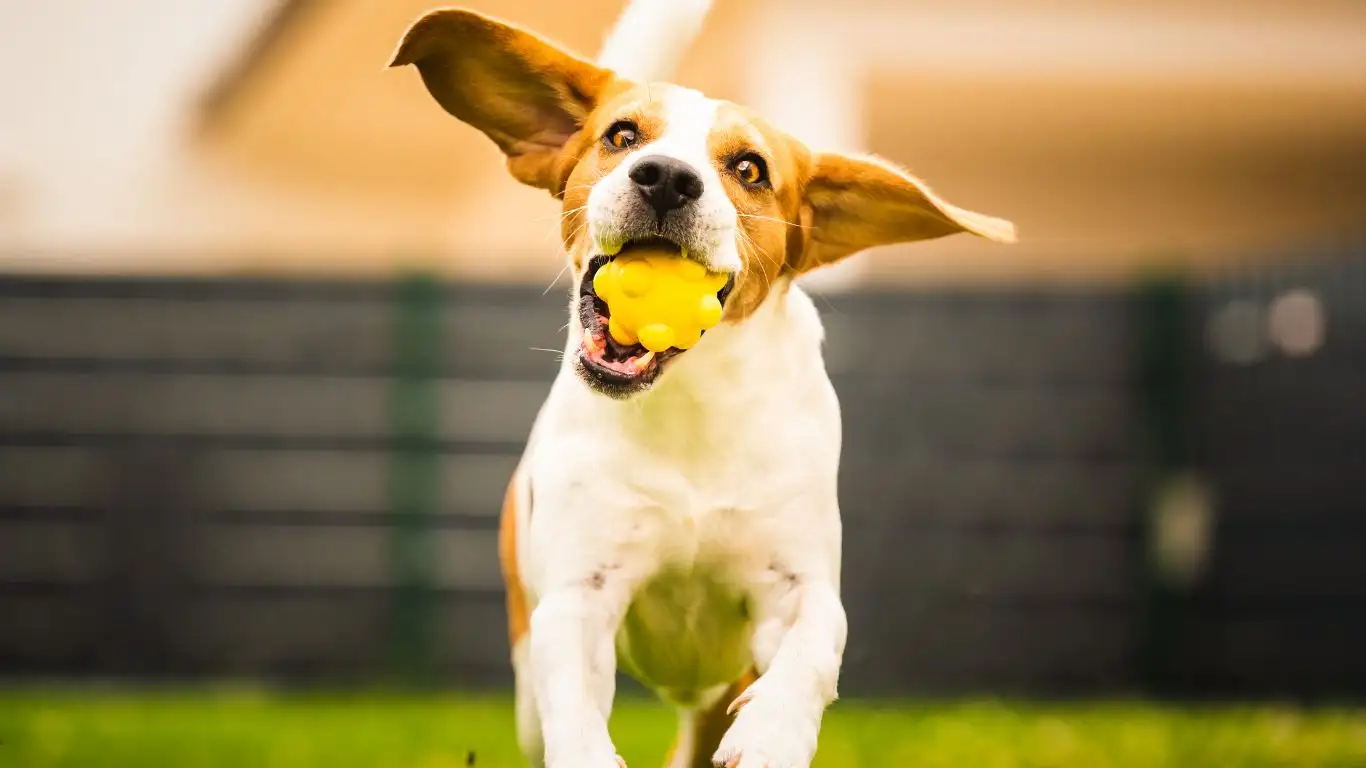
Let’s face it—training doesn’t have to be all sit-stay-repeat. In fact, the more you integrate fun into your sessions, the more your dog will want to work with you. Patience can be reinforced through play too.
Games That Encourage Self-Control
- Red Light, Green Light: Walk, pause suddenly and cue “wait,” then walk again. Builds great leash manners and anticipation control.
- Impulse-Control Fetch: Ask your dog to wait before you throw the toy. Only release them when they’ve made eye contact or stayed still.
- Treat Toss Game: Toss a treat near them but cue “wait.” Release only when they look at you. This game has helped so many of my therapy dogs develop laser focus.
These aren’t just cute party tricks—they build the same mental muscles needed for stopping at the curb. The goal is to make your dog’s “waiting game” strong enough that it becomes second nature.
Celebrate the Small Wins
We tend to get caught up in big milestones—“my dog finally waited at the crosswalk on Main Street!”—but it’s those tiny in-between moments that really matter. The quick glance up before stepping off the curb. The paused paw mid-step. The half-second hesitation before bolting forward. Those are golden.
In my own practice, I’ve seen dogs transform simply because their humans noticed and celebrated the little wins. Your dog wants to please you. The more you notice their effort, the harder they’ll try.
Trainer Pro Tips to Lock In the Behavior Long-Term
Let me drop a few field-tested gems that have saved my sanity more than once:
- Switch Up Your Cues: If your dog starts tuning out “wait,” switch it to “hold up” or “pause.” Sometimes a new word brings new focus.
- Use Your Environment: Parked cars, poles, even street art—use anything as a visual stop point while practicing.
- Train With Purpose: Every walk is a training opportunity. Even if you’re just going to the mailbox, practice the “wait.”
- Set Up Success: Avoid starting your dog’s training during the evening zoomies or when they haven’t been exercised. A tired brain learns better than a hyped-up one.
Training a dog to wait patiently before crossing roads isn’t just about safety—it’s about shared trust, real-time communication, and mutual respect. When your dog looks up at you instead of lunging into traffic, it’s not just a win for obedience. It’s a powerful connection moment—and honestly, those are the moments that make all the repetition, treats, and silly games worth it.
Fine-Tuning the ‘Wait’ Before Crossing Roads: Beyond Basics
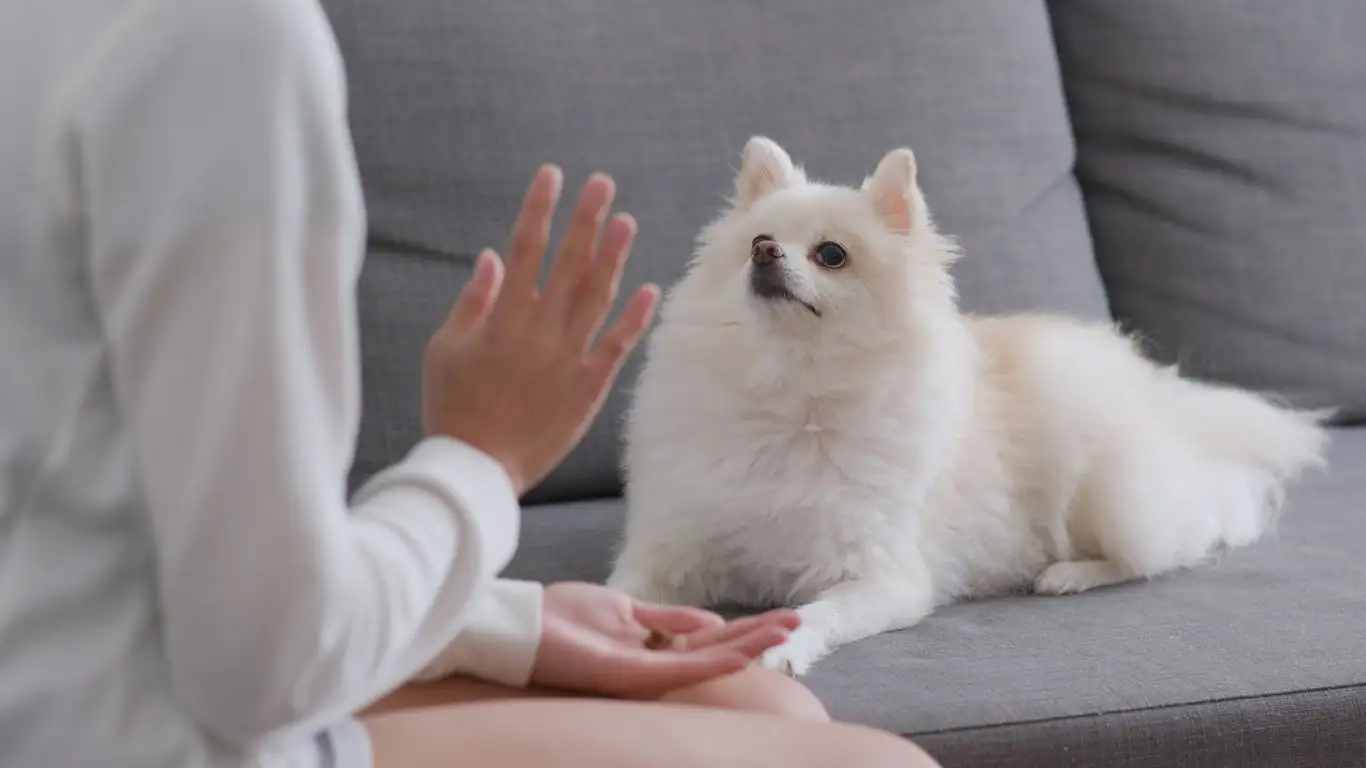
By now, your dog’s likely got a solid grip on the whole “curb pause” thing. But just like any good habit, refinement makes all the difference. How to train a dog to wait patiently before crossing roads doesn’t stop once they’ve learned to sit at the edge of a sidewalk. That’s just the foundation. Now, it’s about tightening up those skills and making the behavior bulletproof—no matter what’s going on around them.
I can’t count how many times I’ve worked with therapy dogs who were *technically* trained, but still struggled in real-life chaos. Think sirens wailing, food trucks nearby, toddlers dropping snacks right in front of them. You’d be amazed what a slice of pizza on the sidewalk can do to even the best-trained pup’s willpower.
Sharpening Response Time
The goal is not just to wait, but to wait quickly and confidently. If your dog hesitates before following your cue, or looks unsure, it’s a sign you need to revisit clarity in your training.
Try giving the “wait” cue from different distances—sometimes one step before the curb, sometimes three or four. Mix up the tone of your voice, even use hand signals alone. This helps your dog generalize the behavior across different scenarios, rather than associating it with just one specific motion or location.
Vary the Release Cue
Most people stick with “okay” as a release, but dogs often pick up on patterns rather than words. Try using alternatives like “let’s go,” “move up,” or even a quick tap on the leash. That way, your dog learns to respond to you, not just a single phrase.
Make Waiting a Lifestyle Habit
Honestly, waiting shouldn’t just be for curbs. You can build calm, patient behavior into your dog’s daily life—and the more you do, the stronger their impulse control becomes.
- Before meals: Ask for a wait before putting the bowl down
- Before exiting doors: Curb bolting behavior and build manners
- Before jumping into the car: Great practice for focus under excitement
Dogs who practice patience all day long are the ones who breeze through distractions at the curb like it’s no big deal. I’ve seen it happen time and time again.
Common Mistakes That Sabotage ‘Wait’ Training
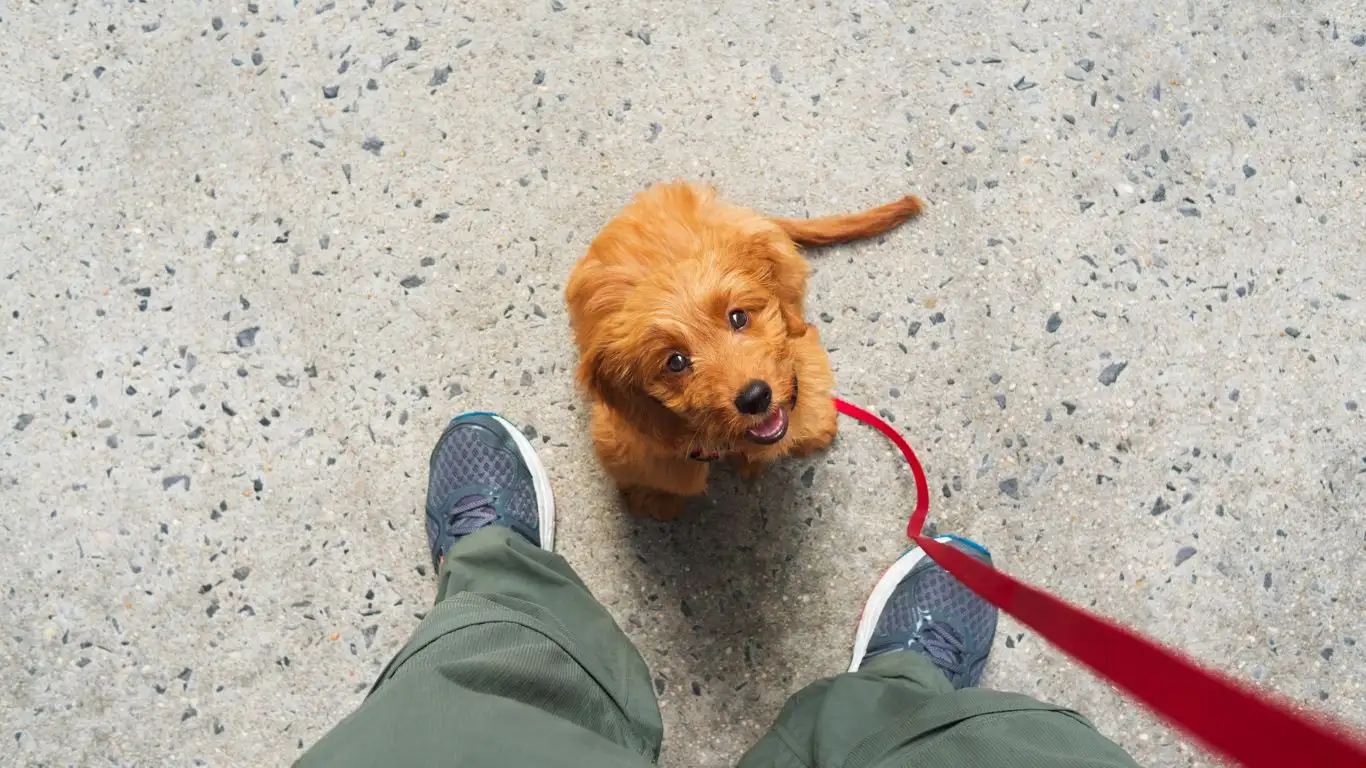
Let’s get real for a second—every dog owner (myself included) has made a few mistakes along the training journey. But knowing what to avoid can make a huge difference in how quickly your dog masters the skill.
Rushing the Process
I get it—you’re on a schedule, and your dog just won’t sit still at the corner. It’s tempting to drag them along or skip the practice that day. But when you do that consistently, your dog learns that sometimes “wait” doesn’t mean much. Consistency is everything here. Think of it like brushing your teeth—you wouldn’t skip it just because you’re late, right?
Unclear Signals
If your dog’s confused, it’s probably because the message isn’t consistent. One day you’re using “wait,” another day it’s “hold on,” and the next day you’re just tugging the leash without saying anything. Dogs love clear, repeatable routines. The more consistent your signals, the faster they’ll catch on.
Not Reinforcing Good Behavior
Even when your dog nails the wait cue, don’t forget to acknowledge it. You don’t always need a treat—sometimes a “good job” and a neck scratch does the trick. Dogs just want to know they got it right. Make that moment count.
Training for Different Dog Personalities
All dogs are not created equal. What works for your neighbor’s Labrador might flop with your high-strung Border Collie or your chill old Beagle. Tailoring your approach is key.
For High-Energy Dogs
These guys often struggle with the “pause” part of life. Use short, frequent training sessions. Keep your tone calm and reward even tiny moments of stillness. I once had a Jack Russell named Ziggy in a therapy prep class—zero impulse control. It took five weeks just to get a consistent two-second wait, but when he finally nailed it? Chef’s kiss. His handler cried. (I might’ve teared up too.)
For Older Dogs
Don’t assume they can’t learn. They absolutely can—it might just take a bit more patience. Keep cues verbal and volume-friendly, and be sure to use softer treats if their teeth are sensitive. Some of my best therapy dogs didn’t start serious training until they were seven or older.
For Shy or Nervous Dogs
Waiting at roads can be overwhelming for anxious pups. Use quiet intersections for practice and gradually work your way up. Praise often, and be patient with setbacks. The goal isn’t perfection—it’s progress.
Resources to Deepen Your Training Knowledge
If you’re anything like me, once you start seeing results, you get hooked on learning more. Here are a few trusted sources I’ve leaned on over the years:
- American Kennel Club (AKC) – Tons of positive training tips and breed-specific advice
- PetMD – Great for understanding behavioral issues and training psychology
- Health.com – Occasionally shares insights on therapy dog health and mental wellness
- NIH – Good research source if you’re interested in the science behind animal-assisted therapy
Disclaimer
This article is based on personal experience as a certified Canine-Assisted Therapy Trainer and is meant for educational purposes only. It should not replace professional veterinary or behavioral consultation where needed. Always consider your dog’s health, age, and temperament before starting any new training routine.
Remember, every dog learns at their own pace. The most important part of how to train a dog to wait patiently before crossing roads isn’t perfection—it’s the trust, communication, and calm that comes from working together. Keep it positive, stay patient, and enjoy the journey. You and your dog are a team, and every step you take builds a stronger bond.
